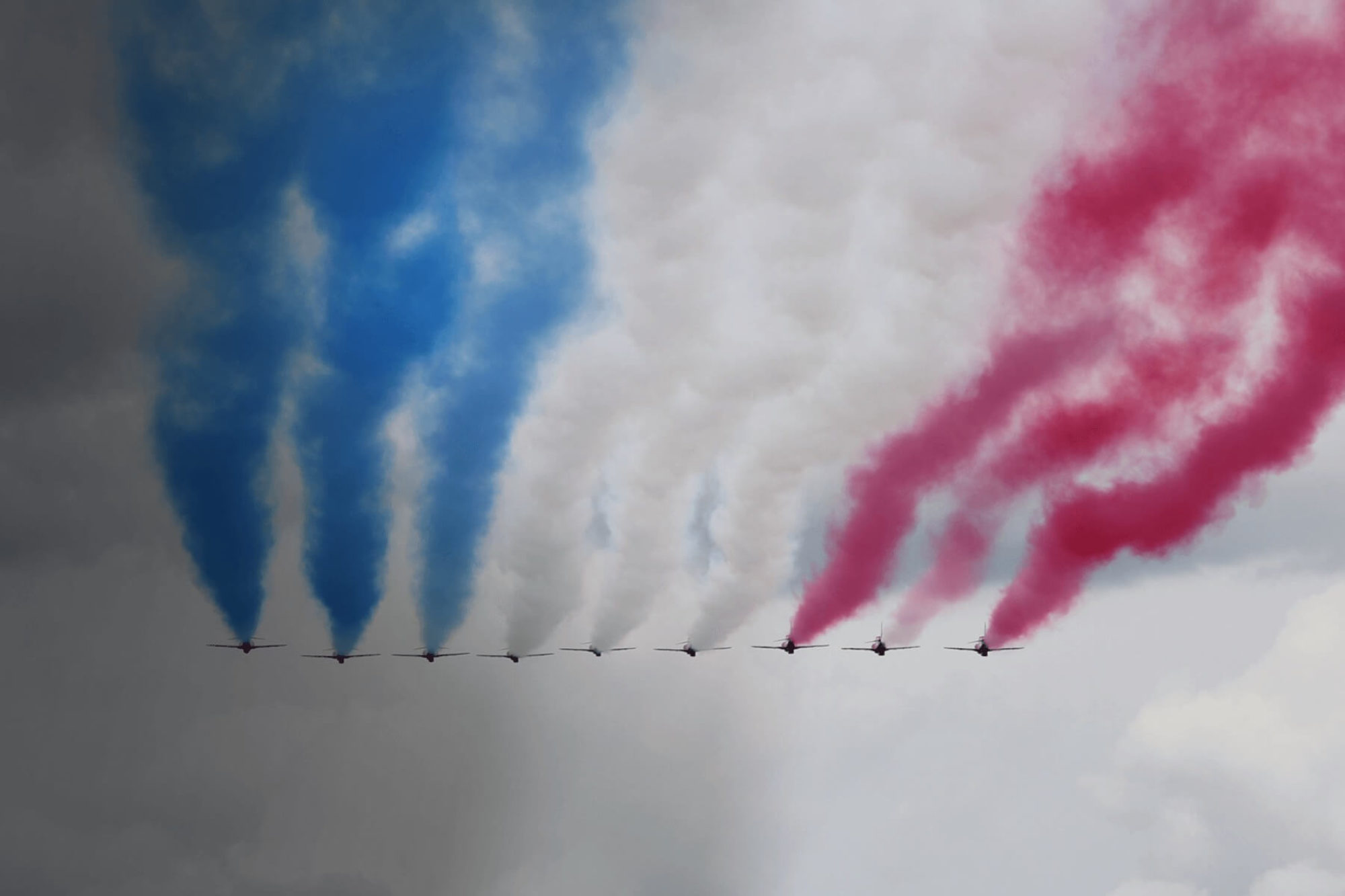RAF

The RAF needs to keep track of high-value assets whilst in storage and during transit, often in extreme and challenging safety-critical environments. Understanding the conditions an asset is exposed to is essential to ensure it is stored and maintained appropriately, and that it is fit for purpose.
The challenge
The RAF’s Rapid Capabilities Office (RCO) wanted to prove the concept of using environmental data logging sensors in conjunction with a low power wide area network (LPWAN) infrastructure to monitor assets within an operational military airfield environment.
Digital Catapult and RCO designed, deployed and ran a trial to help prove the potential of LPWAN technologies in this scenario.
Its purpose was to test the concept of using environmental data logging sensors in conjunction with a low power wide area network (LPWAN) infrastructure to monitor a range of assets within an operational military airfield environment.
The solution
Working with the RCO and RAF, Digital Catapult designed and delivered a complete remote monitoring solution, including the deployment of a LPWAN network covering approximately 10 square km of an operational RAF airfield.
Environmental monitoring sensors were programmed and attached to a range of assets to automatically detect shocks and changes in temperature and humidity. The condition of each asset is measured every 15 minutes and the data transmitted to the network server.
Geolocation of assets was also a primary objective of the trial and LPWAN has inbuilt capabilities that allow the location of sensors and assets to be estimated. The benefit of this, as opposed to using GPS based solutions, is that the device costs and power consumption are lower and location can be achieved even if the sensor is inside a structure. The location is calculated by using a combination of the signal time of arrival and the signal strength at the serving gateways.
Our user experience and design team worked closely with RAF stakeholders and end-users to design a bespoke dashboard, to visualise the current status and location of assets. Users receive warnings and alerts when sensors detect a change approaching or exceeding predefined thresholds. Alarms are also triggered whenever an asset is subjected to shock.
LPWAN technology is uniquely suited to address the RAF’s challenge as it provides wide-area coverage, is fast to deploy and requires limited infrastructure and therefore minimises set up costs. One of the key attributes of LPWAN technology is the fact that devices and sensors require very little power and therefore can be run from batteries for a long period of time which, if optimised, can be many years. This makes the technology ideal for scenarios where remote sensors are attached to assets that don’t intrinsically have a constant and reliable power source. The frequencies and transmission protocols used by LPWAN solutions are well suited for deep in-building and underground coverage and operate effectively over long distances and through challenging radio conditions.
The result
The trial concluded that LPWAN technology is a strong candidate to support the RAF’s unique use cases and can fully meet the requirements.
- A LPWAN network can quickly be deployed and operate within the challenging conditions of an active RAF operating base
- RAF ground personnel are able to track the location and condition of assets in near real-time via a bespoke dashboard application
- Warnings and alerts are sent to users when conditions approach unacceptable limits or thresholds are exceeded
- Personnel can analyse the conditions an asset has been exposed to in the past, in order to help plan maintenance schedules
As a result, the RCO is now developing the business case for a full-scale deployment of the solution across its entire operation.
Due to the success of the RAF trial, Digital Catapult was approached by the Royal Navy and the Army to deliver similar proof of concepts to meet their specific asset monitoring needs. The RAF’s trial objectives have now been broadened to test the technology in even more challenging conditions, including a trial at sea.
The RAF’s trial objectives have now been broadened to test the technology in even more challenging conditions, including a trial at sea.